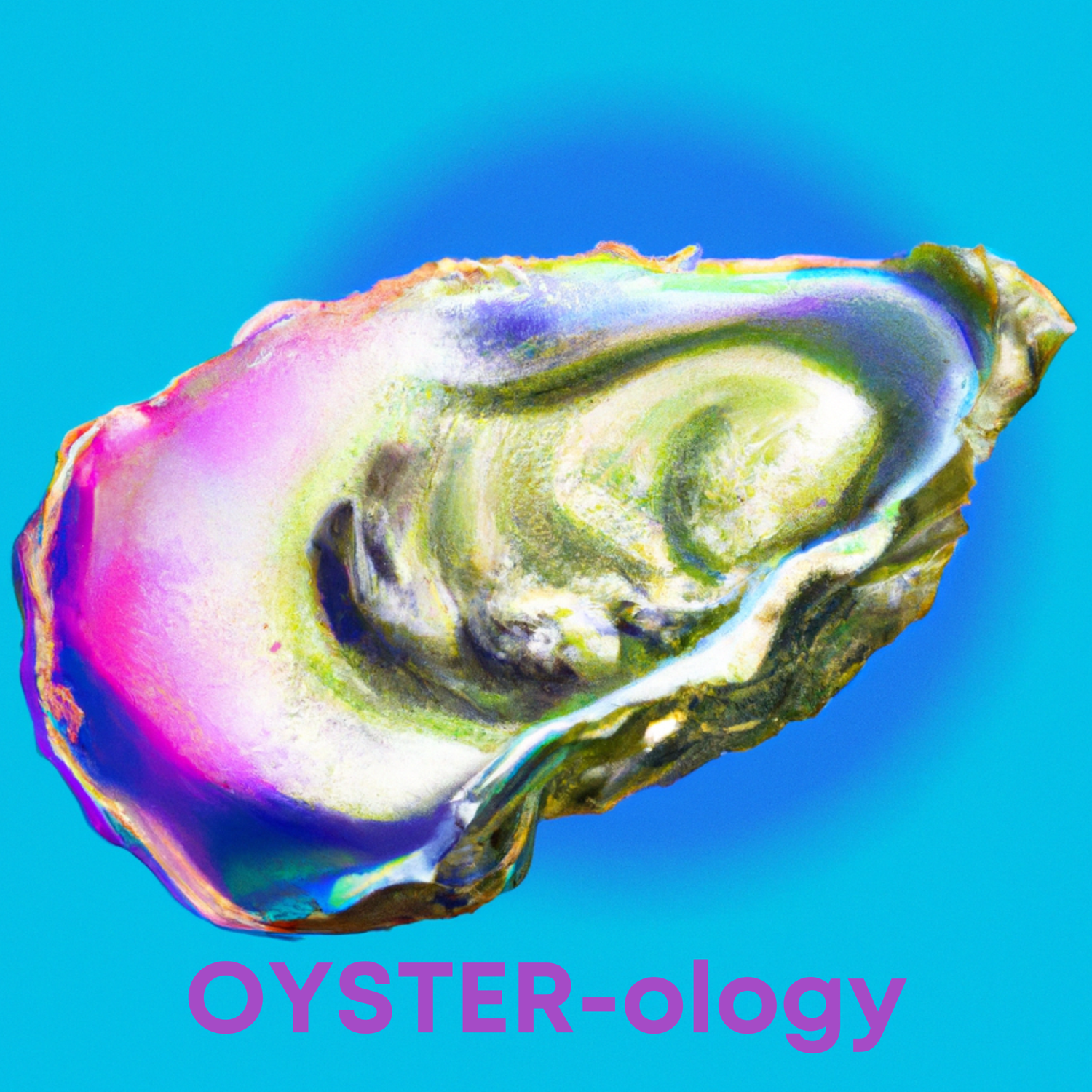On invitation of an esteemed foodie friend I recently foodwalked to Kong Kee Seafood, a corner kopitiam in Geylang. It’s not hard to spot this place – just look for the large, colorful food photos above the two-sided entry, which trail into the outdoor, covered area. Our focus this day was KL style Hokkien Mee; so different from the usual Singapore style, with thicker noodles and a deeper flavor. The lineup included two variations: the normal KL style hokkien mee and one with freshwater prawns.

The most distinguishing visible aspect of Kong Kee's KL hokkien mee compared to what is normally found in Singapore are the noodles themselves. Instead of the local yellow egg noodles used here, these are tai loke noodles, a thicker noodle, smooth and nearly a quarter-centimeter in diameter, with a luscious, dense texture, slick and slippery on the palate and with a very satisfying bite factor. These are noodles you can really sink you teeth into. They are brought directly from KL – it’s sad to think that no one is making this style of thicker, heavier noodle in Singapore.
The richness of the dark sauce adorning the mee is borne from a stock melange of pork, chicken and flatfish, simmered slowly over an open flame for more than five hours. The noodles are then cooked in the savory elixir, adding a depth to their own opulent, plumpness. The sauce, so black and rich, is sticky like honey clinging to the noodles and imparting a rich, deep soy and spice flavor – savory but not bitter; naturally dulcet but not sweet. Balanced.
The difference between the 2 variations was significant. Prawns sat majestically on top of a mound of noodles, hues of red and orange glistening on the large, split shells with fat tails and head. But despite its beauty, nowhere in the sauce did we taste the essence of prawn; no delicate sweetness of roe; no briny notes of the sea. This was because the shellfish had been steamed separately and merely set on top of the noodles. To the chef’s defense, it did make for a more appealing appearance, but we chanted in unison Wah, cook the prawn together to make the dish special! Proprietor Jasmine Gan graciously accepted our comments for future versions.
Also missing in the prawn version was a trademark hokkien mee ingredient -- that singular requirement which, above all others, makes a good dish great and a great dish over the top -- lard. A quick rush in the kitchen overcame this crippling deficit with a generous bowl of hot-off-the-wok lardon bits which, like junkies slapping their arms for a quick fix, we quickly sprinkled on top and sighed a chorus of satisfaction as the hot fat crunched gently amidst the noodles then melted in our mouths. No one can argue that limiting the lard is heart healthy; especially for those who are especially cholesterol conscious. But for me, the lardon bits saved the dish from a harsher commentary.
The plain hokkien mee faced no such risk of reprisal from our table. The same fat noodles graced the plate, the dark sauce coating each length like savory molasses. The slippery noodles snaked their way between my lips, resisted ever so slightly against my teeth, then relinquished into a perfect mee texture. Each bite delivered that priceless breath of almost-burnt-but-not-quite flavor from the searing wok. And the plunging depth of that je ne sais quoi flavor of, yes, lard infused within the sauce was both comforting and exciting at the same time. And with a generous sprinkle of the lardon on top, the dish transported me to previously undiscovered hokkien mee heights.
Of course man does not live on hokkien mee alone, and in addition to the noodles we tried the chef’s own crispy fried grouper chunks. A floss of greenery crowned the mound of golden fried fish sitting in a delicate rice nest flecked with minced red chilies. The texture of the fish was firm like little poppers, if not mildly dry, and was coated in a fine granular powder of herbs, sesame and other flavorful ingredients which were so tasty we wished they clung more tenaciously to the fish.
We also had 2 variations of sang har bee hoon and an order of sang har hor fun with prawns. Each was very nicely done but it was the sang har hokkien crispy mee that captured my attention most; light layers of noodles fried together to form delicious little tiles which oozed with rich sauce. We finished the meal with a serving of peanut paste and a chocolate paste, each with glutinous rice balls. Each was delicate and thin -- not overly sweet or cloying -- and the glutinous rice balls, filled with red bean paste, were like tender cotton balls of flavor and texture.
 So whether the black KL style hokkien mee at Kong Kee is as good as that available in KL, I really can’t say. But the noodles are the same and with their richness of taste and the obvious good cooking technique displayed by our chef, I suspect it’s a pretty close contest. Combine them with the other offerings and Kong Kee is a great option among so many in Geylang.
So whether the black KL style hokkien mee at Kong Kee is as good as that available in KL, I really can’t say. But the noodles are the same and with their richness of taste and the obvious good cooking technique displayed by our chef, I suspect it’s a pretty close contest. Combine them with the other offerings and Kong Kee is a great option among so many in Geylang.
Kong Kee Seafood Restaurant -- 611 Lorong 31, Geylang, Singapore


























